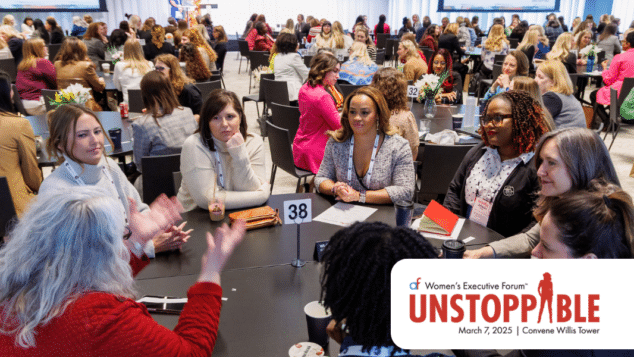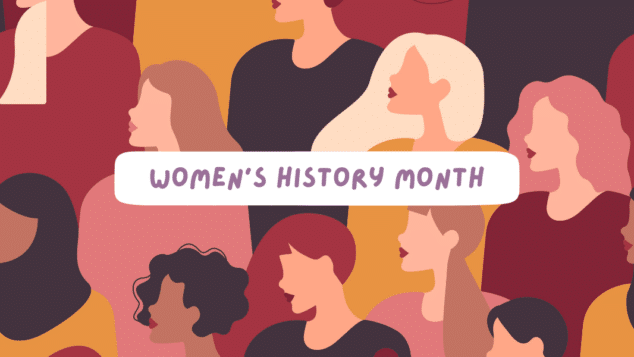Forging New Paths

While many associations have prioritized creating diverse, equitable and inclusive environments, leadership teams know the task is far from complete. Here is a glimpse into the plans of some organizations on the forefront of meaningful change:
“ACHE has prioritized our commitment to diversity and inclusion for over 20 years. With the recent elevation of societal injustices, we have reinforced our commitment to improve and expand our efforts. While it would be easier to launch immediate new initiatives that react to the current crisis, we want to ensure our next steps produce sustainable, meaningful outcomes. At its July meeting, the ACHE Board of Governors and leadership team will address our strategy for moving forward in a timely fashion.”
— Cie Armstead, DBA, director of diversity & inclusion, American College of Healthcare Executives
“CCIM Institute believes that, together, we can create a future where racial injustice, oppression and inopportunity are relegated to the past. When it comes to supporting the diverse group of association professionals who make up our team, that means doubling down on our commitment to pay equity, inclusive hiring practices and developing a culture where marginalized voices play a key role in advancing the industry we serve.”
— Alexandrea Hanba, vice president of operations, CCIM Institute
“The Society of Actuaries (SOA) will take on several efforts to champion a more diverse, equitable and inclusive organization. Our efforts will include:
- Addition of resources focused on improving the diversity of the profession and our organization, and training of our staff and volunteers to recognize and combat the effects of unconscious bias and racism wherever they may appear.
- Development of a focused and nimble executive-level team reporting to our board of directors. This team works with and supports our existing work on the Joint Committee on Inclusion, Equity and Diversity with the Casualty Actuarial Society — one of our sister organizations.
- Our ongoing actuarial research to focus on issues unique to communities of color in America, including topics such as retirement security, access to healthcare and outcomes of healthcare expenditures, and social determinants of life expectancy.
- Increased educational programs focused on issues of racism.
- Education to prevent unintentional bias in big data and models in insurance — areas in which our members work.Increased financial support of partner organizations to increase the number and proportion of diverse people in the U.S. actuarial profession.
- Transparency about our work on diversity, equity and inclusion, so we are accountable for the progress being made on all these efforts.”
— SOA
“In our recent statement about righting the wrongs of racial inequality, APA publicly recognized the role the planning profession has played in perpetuating discrimination historically. We believe this is the time to demonstrate humility in leadership as we advance a strong commitment to creating great communities for all people. Our focus now is on taking relevant, problem-solving action and sharing resources, so our members can better address systemic inequities in their daily work.
As part of our long-term strategy to center equity, APA is proud to continue our learning journey as cosponsor of Association Forum’s Welcoming Environment® research; we’ll keep working with our own chapters, volunteers, staff and elected leadership to activate meaningful change at every level of our organization.”
— Mike Welch, director of leadership, American Planning Association
“As part of the objectives to address the issue of membership inclusion, the ILCMA Board established an ad hoc task force with the goal to identify barriers to the participation of women and minorities in the local government profession and the association, and to work with the association to implement actions to reduce these barriers.
Some tasks that might be undertaken by the task force include:
- Gathering input from women, minorities and other underrepresented local government employees to better define the barriers to entry and advancement within the local government management profession.
- Exploring similar initiatives being undertaken by ICMA or other associations of municipal professionals (IGFOA, APWA, APA, IPELRA, IL Chiefs of Police, IL Fire Chiefs, etc.) to identify best practices and seek ways to collaborate.
- Identifying actions that can be taken by individual members, affiliate groups or member communities to reduce barriers to inclusion and to make ILCMA membership more welcoming and supportive of women members, minority members and other underrepresented groups.
- Reporting recommendations to the board of directors and general membership to advance the mission, vision and goals of the strategic plan relating to membership inclusion.”
— Dawn Peters, executive director of the IL City/County Management Association and WI City/County Management Association
![]() AN EXPERT CHECKLIST. If your association is working to improve DE&I but could use some guidance on how to make the most impact, Association Forum’s Welcoming Environment Best Practices outline the ideal targets for strategic priorities, governance structure, as well as membership and programs.
AN EXPERT CHECKLIST. If your association is working to improve DE&I but could use some guidance on how to make the most impact, Association Forum’s Welcoming Environment Best Practices outline the ideal targets for strategic priorities, governance structure, as well as membership and programs.
Tags
Related Articles
Tips for Creating a Welcoming Meeting Environment
Creating a truly inclusive annual meeting means going beyond ADA compliance—discover how one association builds...
POV: My First Time at Women’s Executive Forum™ Was Inspiring and Invigorating
A first-time attendee of the Women’s Executive Forum 2025 reflects on the event’s inspiring energy,...
It’s Not Too Late! Celebrate Women’s History Month in March
Celebrate Women's History Month in Chicago with these five impactful ideas to honor, empower, and...




